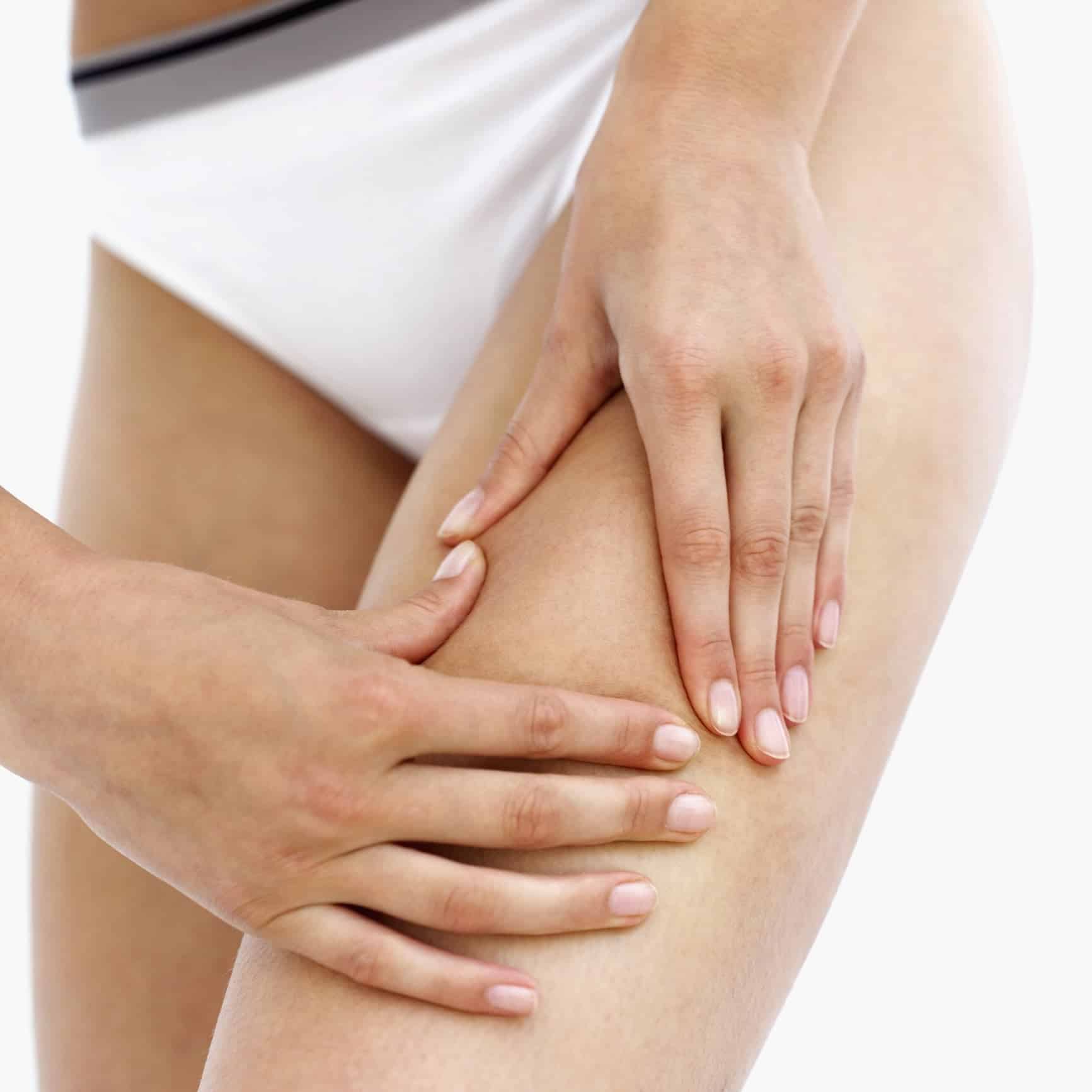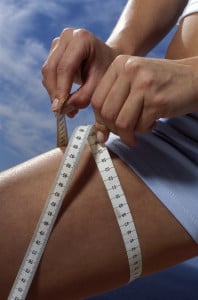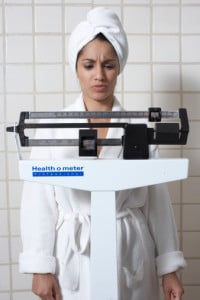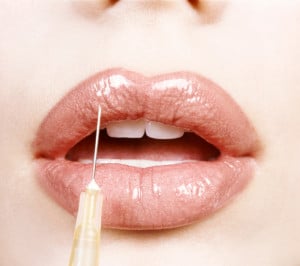
Some cosmetic procedures — like face lifts and tummy tucks — are everyday phrases, and people generally understand what they mean. Thigh lifts are more of a mystery, perhaps because fewer patients have experienced them. Still, as word gets out about this method of regaining youthful-looking legs, the procedure is sure to become more popular.
Thigh lift surgery is fairly straightforward. Your surgeon will make an incision below the bikini line, in the upper inner thigh. This incision allows him to remove fat and excess skin. Surgeons typically use liposuction to get to those stubborn pockets of fat that prevent a taut, toned appearance. The remaining skin is then pulled tight in order to create a smooth look and deep sutures are used to hold the skin firmly in place. Patients go home with temporary drains and wear a compression garment that helps reduces discomfort and maintain the new contours of the thighs as they heal. Ideal candidates for a thigh lift include:
- Those with relatively stable weight
- Patients with excess soft tissue along the inner and outer thigh
- Healthy people with no medical conditions that could impair healing or heighten the risks associated with surgery
- Non-smokers
- Patients with a realistic view of what a thigh lift can accomplish
- Individuals who are committed to leading a healthy lifestyle, including nutrition and exercise
It is important for anyone considering a thigh lift to put a good amount of work into looking for a capable surgeon. Finding the right surgeon for the job is about making sure that a physician is willing to answer questions and explain the process. A good surgeon will perform a rigorous preoperative examination and openly discuss all aspects of the thigh lift procedure. The preoperative appointment will likely include:
- A discussion of any medical treatments a patient is undergoing, drug allergies, and medical conditions that can impact the outcome of elective surgery
- Previous surgeries and how the patient reacted and healed from those
- All medications, herbal supplements, and vitamins the patient takes
- An evaluation of general health status, including pre-existing conditions
- Detailed body measurements
- A discussion of thigh lift options
- A recommended course of treatment
- Honest discussion of likely outcome of thigh lift surgery
- Any risk or potential complications and how those are handled
- Questions about who will be caring for the patient at home
A surgeon may also use the preoperative appointment as an opportunity to educate a patient as to what she can expect after thigh lift surgery. The surgeon will likely tell a patient to take it easy so that incisions are not subjected to swelling or abrasion as they heal. The surgeon may also emphasize that patients who experience shortness of breath, unusual heart rate, or chest pains should seek immediate medical attention. Finally, a surgeon should leave plenty of time for a patient to ask questions of her own and should not seem in a hurry to give pat answers. The best surgeons understand that patients are nervous about surgical procedures and respect those concerns by offering honest answers.















